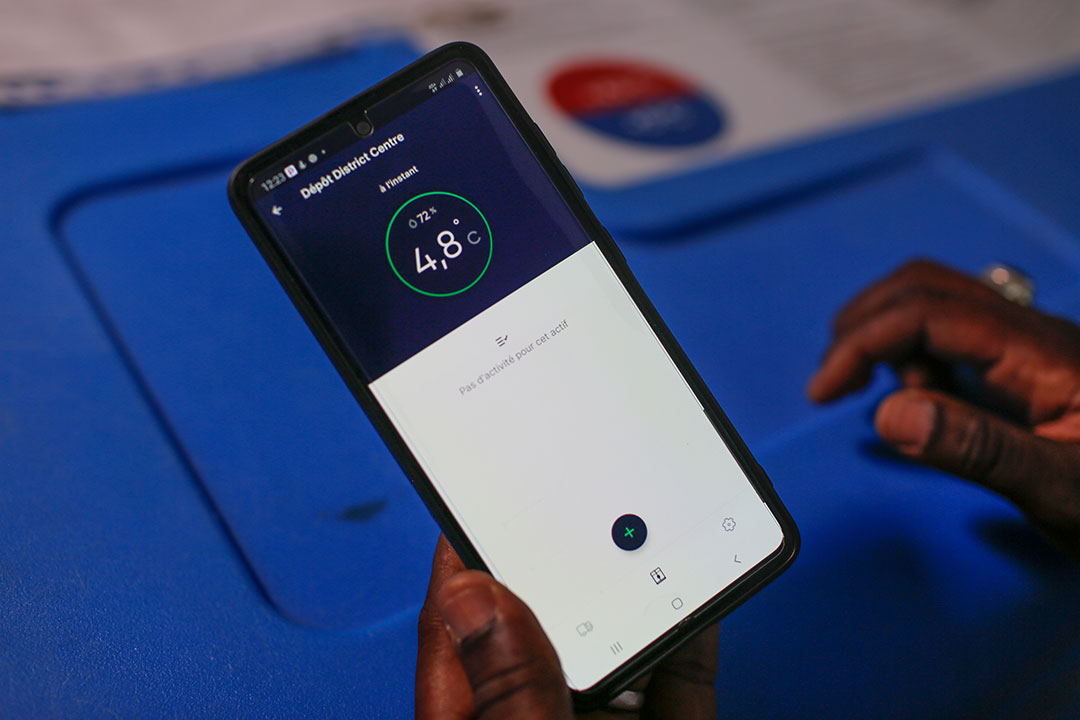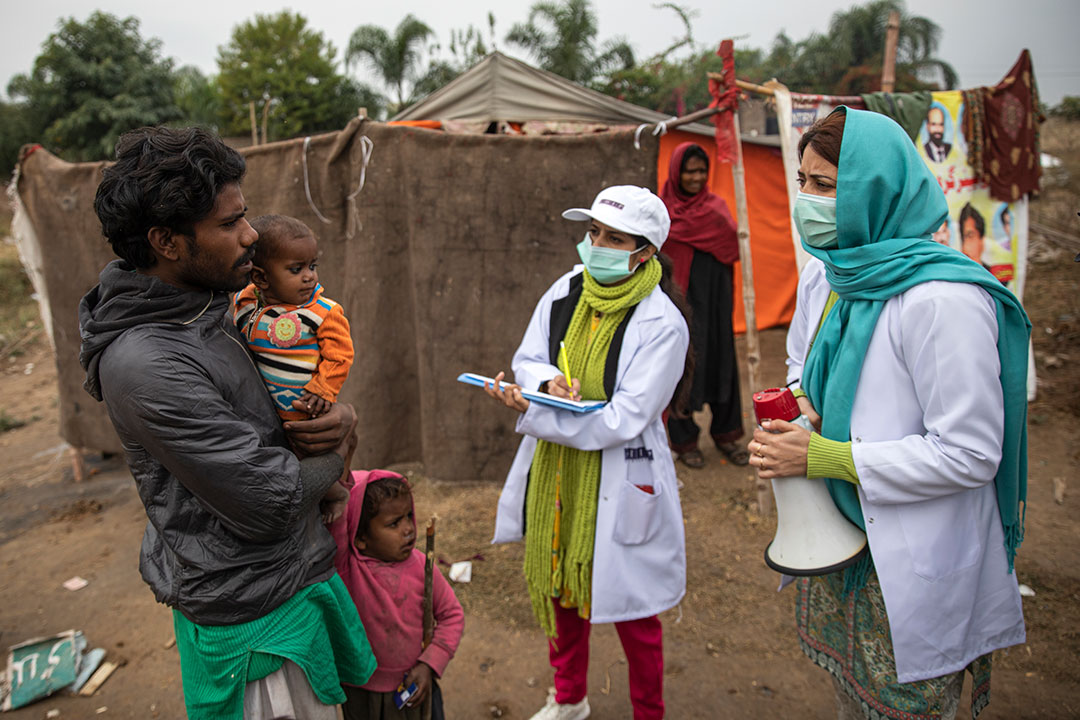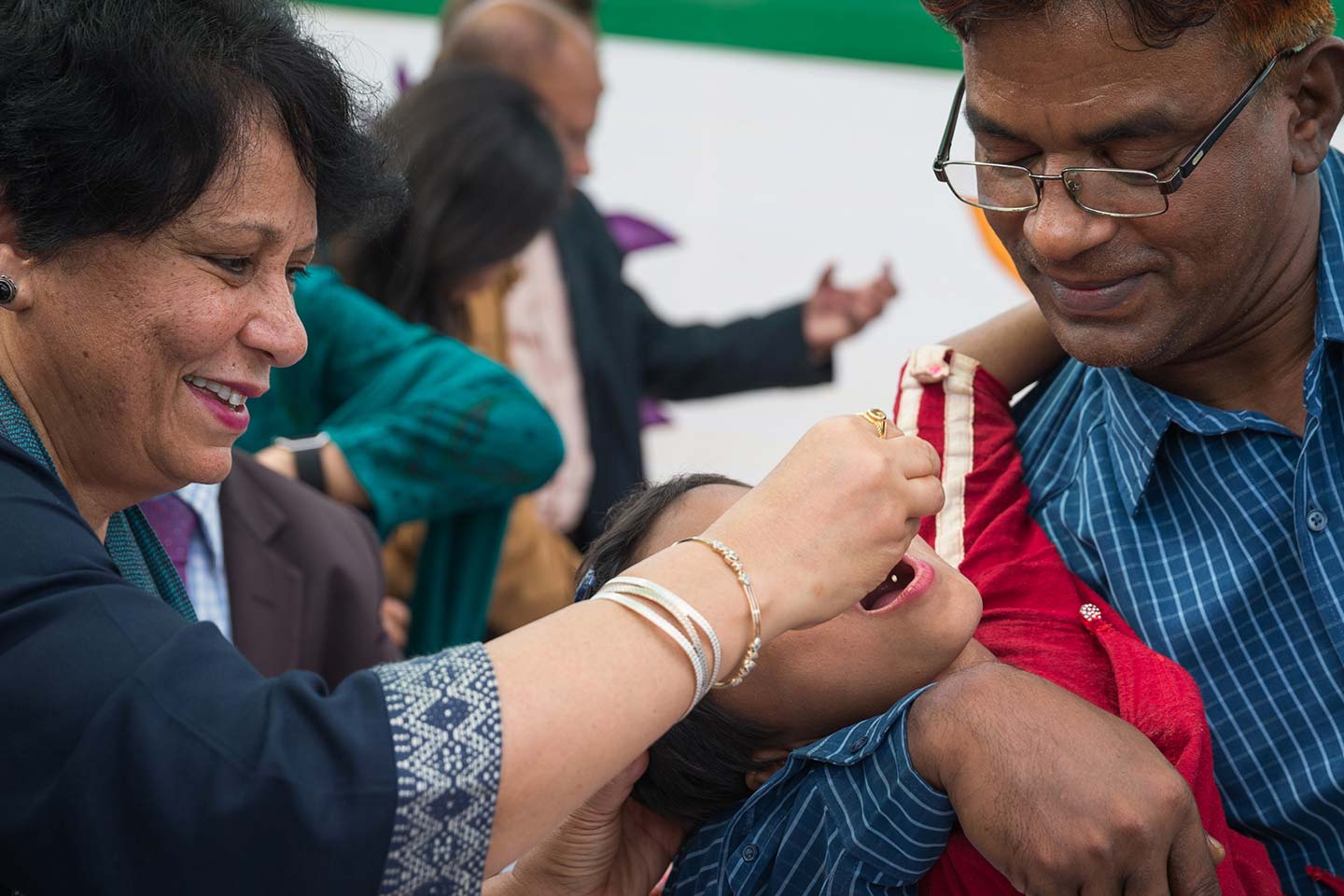“A moment of immense pride and joy”: Anuradha Gupta’s eight reflections on India’s billionth COVID-19 vaccine dose
As India celebrated its one-billionth COVID-19 vaccination, #VaccinesWork caught up with Anuradha Gupta, Gavi’s Deputy CEO and an Indian public health veteran.
- 21 October 2021
- 8 min read
- by Anuradha Gupta
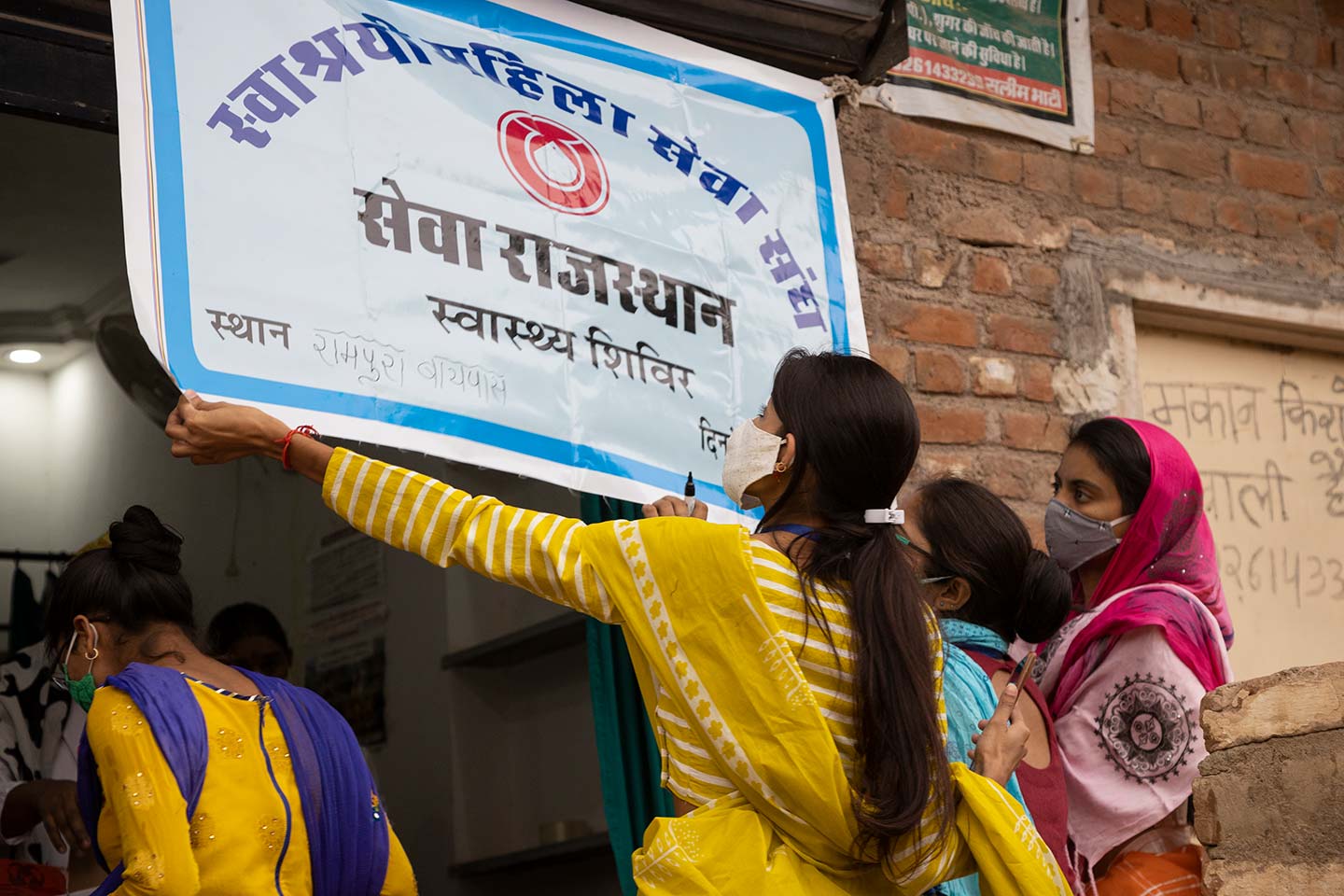
Nine months after 34-year-old Manish Kumar, a sanitation worker at the All India Institute of Medical Sciences in Delhi, became the first person in the country to be inoculated against the novel coronavirus, India has announced the delivery of its one-billionth COVID-19 vaccine dose.
"One thing that I have seen is that whenever there is a crisis – floods, cyclones, earthquakes or anything else – India really pulls itself together."
It’s an achievement of staggering scale, promising protection from severe coronavirus for hundreds of millions of people. It’s also, as Gavi’s Deputy CEO Anuradha Gupta explains, a testament to a laudably resilient health system – one that has spent the past year and a half putting “capabilities that India has invested in very assiduously, and built over a period of time” to innovative good use.
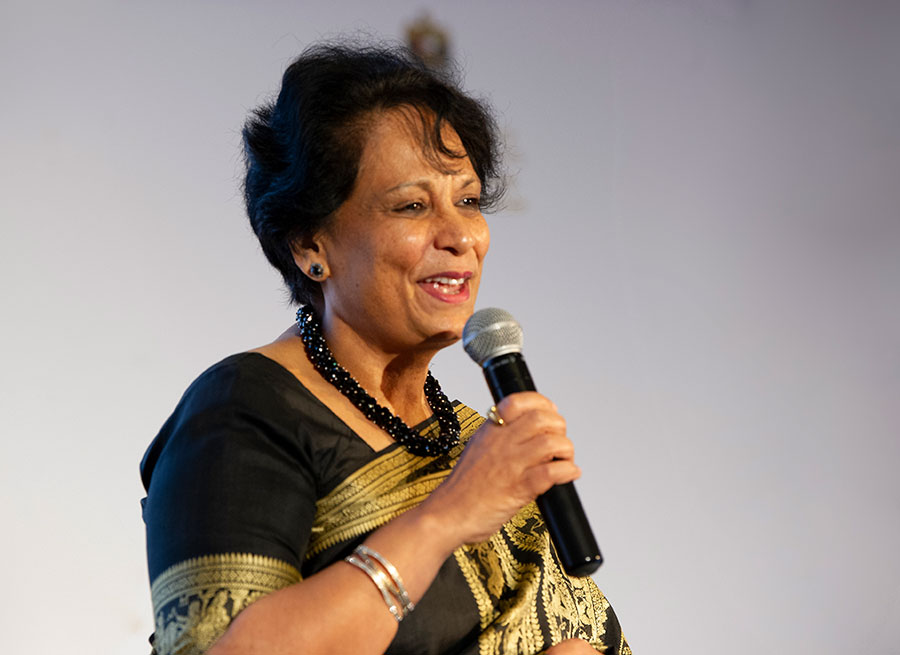
The billionth dose is, of course, a milestone and not an ending. In a country of India’s size, one billion jabs administered translates to around 30 percent of the population fully vaccinated. There’s a long way to go. But landmarks are not just route markers – they’re opportunities to look back at the road behind.
For Gupta, who is more than a little invested in this particular journey, having spent long years strengthening public health in India before she joined Gavi – including serving as the Mission Director of India’s National Health Mission – this is a moment of “immense pride and joy”. Here are eight things she has been thinking about as India crosses a new pandemic threshold.
1. India knows how to pull together to meet a crisis
“When the pandemic hit, I was personally very worried, because the country has a large population, and densely populated areas. And we know that many people in India are just too poor to be able to maintain physical distancing or spend money on hand sanitisers. How do they wash their hands if they do not even have water to drink? So, I feared that this could really get out of hand.
“But one thing that I have seen is that whenever there is a crisis – floods, cyclones, earthquakes or anything else – India really pulls itself together. There is a system in place that gears up when emergencies arise.
“I remember, I was a young District Magistrate in the district of Panipat when plague hit Surat in 1993. There was a big scare in the whole country – fear that plague would spread like wildfire, given the rampant problem of poor sanitation. Control rooms were quickly set up from central to district level – from A to Z, we got running instructions – clear, consistent, timely. The same thing happened when H1N1 struck in 2009 while I was Health Secretary of Haryana. There is a well-oiled machinery, standard protocols and time-tested feedback loops that I think help India fight myriad emergencies, and these are quite unique to India.”
2. The tone is set at the top
“If you have decisive political leadership with unclouded vision, that translates into a coherent approach, backed with requisite financing and investments. I think that one billion inoculations at such a brisk pace is an accomplishment that would not be possible without the right tone set at the highest level.
“Across Gavi countries, we see that political leadership, and commitment, are such an important driver of progress in countries. It is not just COVID-19 response, it is also routine immunisation and other essential health services – messaging from the top leadership, in my opinion, is key.”
3. The best people to get through to the community are from the community
“For one billion vaccinations to happen, you need high community confidence. Our ability to connect with communities – to provide messages, in an idiom that they understand and in a manner that they trust – is crucial.
“Under the National Health Mission, India invested heavily in primary health care including building a cadre of one million ASHAs, India’s all-female army of Accredited Social Health Activists, drawn from within communities, and making sure that the skill-sets of Auxiliary Nurse Midwives and multipurpose workers were constantly upgraded.
“I think the ASHAs have become a highly effective interface between the health system and the community, and have played an exemplary role in COVID-19 response including social mobilisation for vaccination. Steadfast investments in community-based public health systems under the National Health Mission have proven invaluable in fighting the pandemic.”
4. Decades of investment in vaccine manufacturing have given India a unique advantage
“The fact that India has become a vaccine manufacturing hub again reflects decades of investment. India has not only been producing for its own large domestic consumption, but it has also become one of the biggest exporters of quality vaccines, at affordable prices, around the world.
Have you read?
“We have seen technology transferred to Indian manufacturers by AstraZeneca, Novavax, J&J etc. for large scale production of COVID-19 vaccines. At the same time, many COVID-19 vaccines are being indigenously developed in India including the first DNA vaccine.
“Gavi has historically played a key role in purchasing large volumes of routine vaccines from Indian manufacturers for global supply to lower income countries. Gavi also weighed in with substantial financial support and advance purchase agreements with Serum Institute of India for COVID-19 vaccine production ramp-up. We are hoping that India would play its part in sharing COVID-19 vaccines with other countries – so that we soon address the terrible inequity that currently exists.”
5. Tech can help keep health systems safe, even amid an unprecedented scale-up
“When I was leading the National Health Mission in India, Gavi supported setting up eVIN , the Electronic Vaccine Intelligence Network, a real-time track-and trace system to monitor the movement and storage of vaccines. When we ran the first pilot, we found that 40% of our vaccines were going into temperature excursions – into freezing. eVIN really helped improve vaccine management, and has come in very handy during scale up of COVID-19 vaccination.
“eVIN has also spurred the development of CoWIN, the Covid Vaccine Intelligence Network, a wonderful innovation with a range of capabilities from vaccination registration to issuing digital vaccination certificates. I’m very proud that from Gavi, we were able to weigh in again and support the Indian government on logistics and CoWIN development to ramp up COVID-19 vaccinations. Gavi has also played a role in rapidly scaling up digital training for the health workforce to equip them with skills to administer COVID-19 shots.”
6. The pandemic has shown how important it is to stay vigilant – it is not over till it is really over
“When COVID-19 first hit, India responded very well. But when the second wave came, India seemed to be caught unawares. The health systems were overwhelmed – people struggled to get hospital beds or oxygen. It was tragic. This was also a wake-up call – a call to not drop the guard too soon.
“The dramatic ramp-up in vaccination after the second wave showed a resolute India – exceeding 10 million COVID-19 shots in a single day and now achieving one billion inoculations. Whatever past investments India has made in health, we’ve seeing those paying off.
“But the pandemic has also highlighted the need to make higher and longer-term investments. There has been a long-standing commitment in India to increase public financing for health from the current level of 1% of GDP to 3%. Can India do that now – so that it marches towards pandemic-proof systems?”
7. Data-driven, carefully differentiated approaches matter
“When I took over as the Mission Director of NHM in India, the programme focused more on certain states – UP, Bihar, Madhya Pradesh, Rajasthan – that suffered from a health lag. But I started to dig deeper and run district-wise analysis. The findings were amazing. In UP, Kanpur performed as well as the national average, but Shravasti had health indicators that compared with some of the worst in the world. This led to a complete reset.
“What I’ve learned is the importance of data-driven approaches that appreciate heterogeneity – which do not consider all lower-income countries and all provinces or even districts in those countries as similar. One size does not fit every country, or every district, or every community.
“That is why, in the case of COVID-19 vaccination, we are doing a country-by-country absorptive capacity analysis. We need to be nimble enough to tailor a response – this is embedded into the Gavi model now.”
8. The world is expecting India to play its part in ensuring equitable access to COVID-19 vaccines – and COVAX is the best conduit
“India is a prime vaccine manufacturing hub. During a global pandemic, there are global expectations for a global response. People in all countries need to be protected, because no one is safe until everyone is safe.
“India is known for helping out others. Doing it in a systematic way, I think, will be very important so that inequities do not get aggravated. COVAX is a global mechanism that distributes vaccines in a highly equitable fashion, and an organised manner. We are trying to make sure that vulnerable and high-risk populations are covered, at a minimum, in every country before expanding coverage to non-priority groups.
“Bilateral distribution can lead to highly skewed allocations – some countries having a lot of vaccines from multiple sources, while others struggling to have any access at all. That is a situation that must absolutely be avoided.
“We are in touch with India, and our understanding is that India will now resume exports. We are hoping that this will happen as quickly as possible, that more and more doses will be allowed to leave the country, and that India will use COVAX as the global mechanism to ensure equitable distribution of COVID-19 vaccines.”
